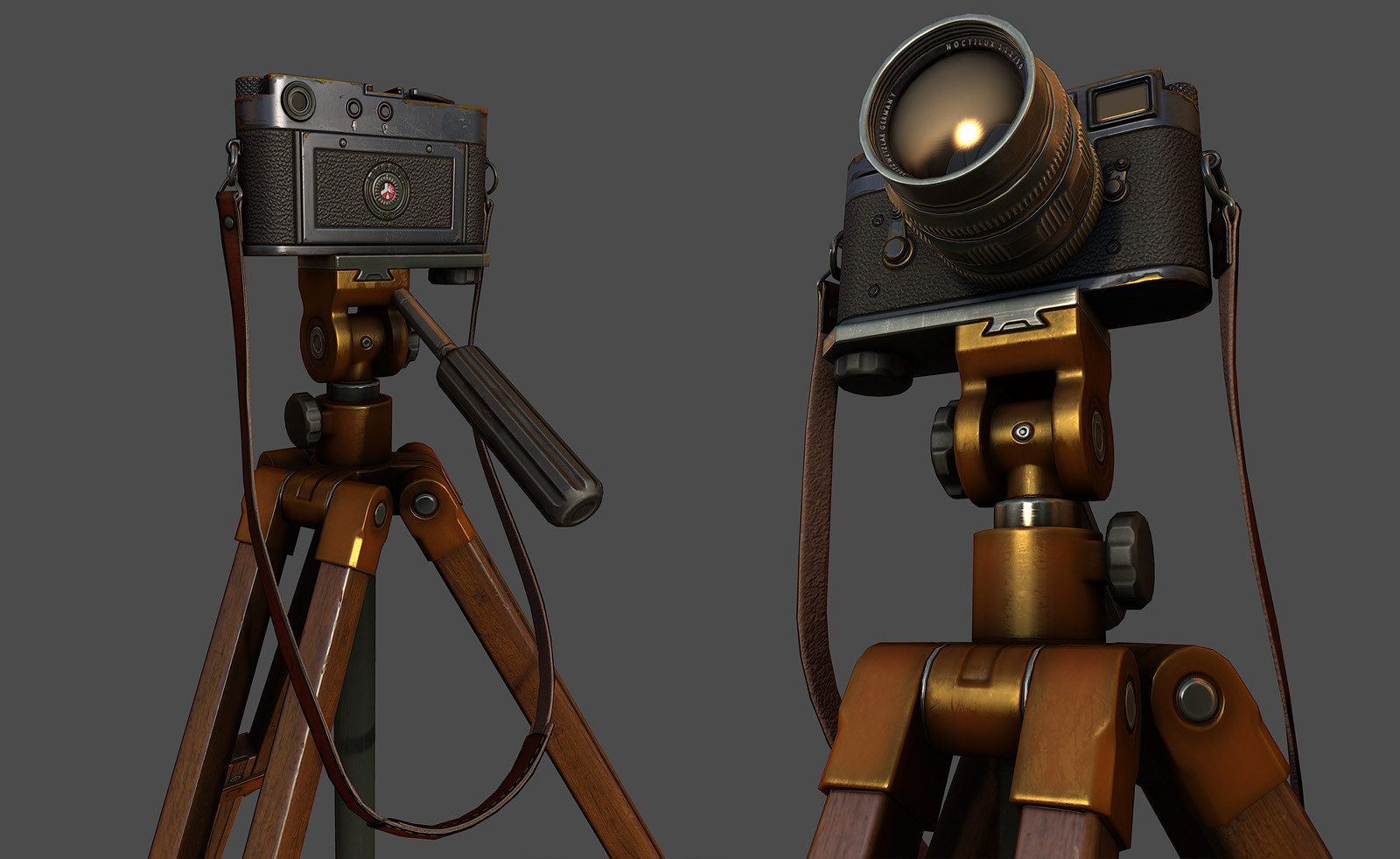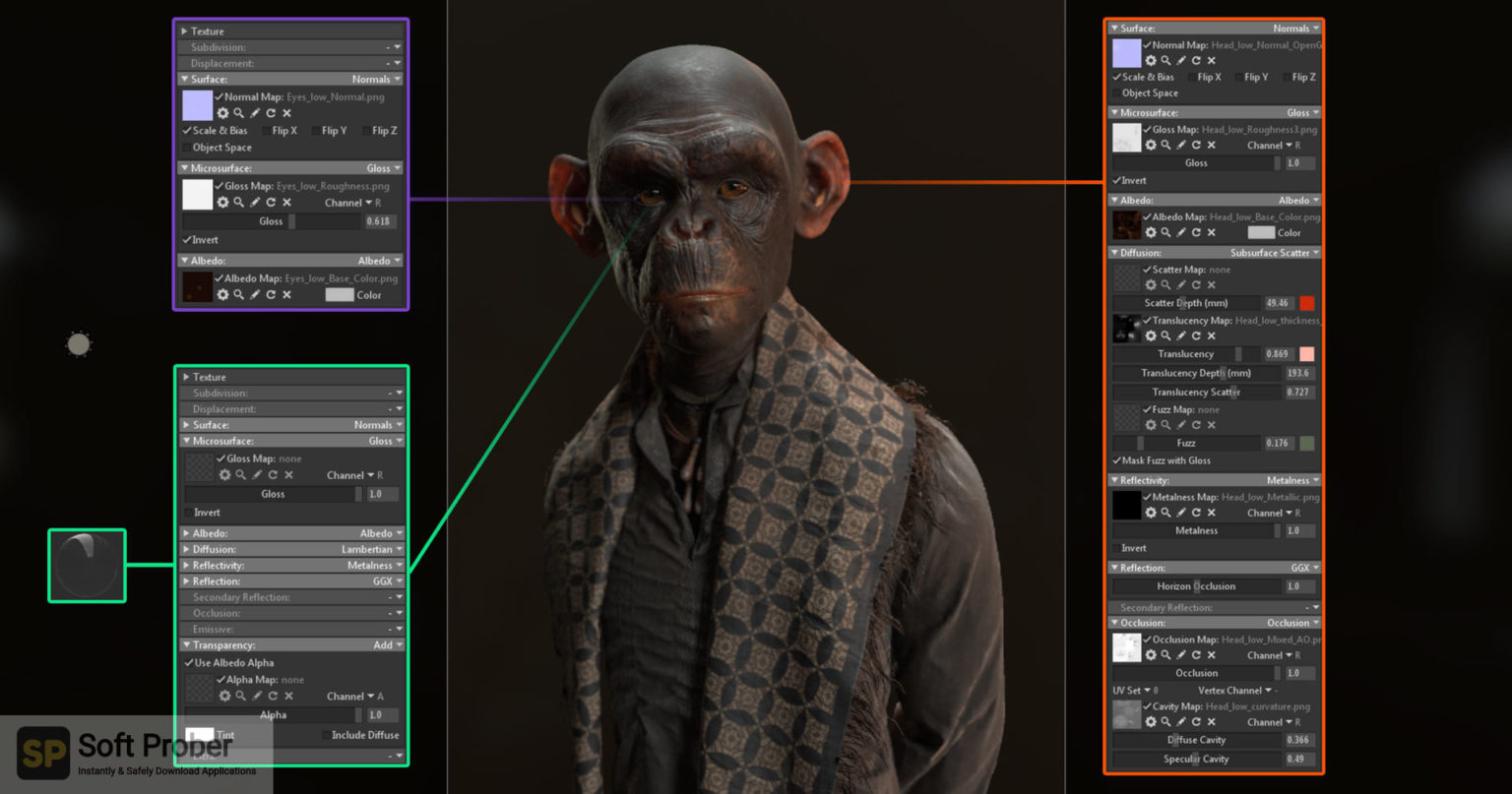

Generally speaking, most of the slicer surface is covered by a steel layer, with the presence of small random stains, to make the material more interesting.


The slicer material, as a whole, might look basic, but with a closer look, there are many small details that are worth considering.īy observing real metal objects, you’ll be surprised by the myriad of micro elements and details which appear on the surface. Image via Basic Theory of Physically Based Rendering In insulators– for instance, rubber– the reflection is low at the “Center” (Fresnel zero) but becomes stronger at the “Edge” whereas metals behave differently, with around 70% of reflectivity at the “Center.” (For more info about PBR materials for metals, refer to the awesome PBR Guide – Part I by Adobe._ Reflectivity in conductors and insulators.

On the other side, the absorption of certain wavelengths gives metal a tinted color that is typical of these materials and the reflection is evident even if we observe the object perpendicularly to the surface (at Fresnel zero). Phenomena like diffuse reflections are practically non-existent here because of the free charges, which prevent light from getting inside the material and causing diffusion / scattering. Metals are electrical conductors and– as opposed to insulators- reflect more incoming light, absorbing some wavelengths. The 3D slicer created in Substance Painterīefore getting into the whole topic, let’s see in a nutshell what makes metal so different from other types of material. For the purpose of this article, let’s consider a project that you can find at my Artstation page, which shows a perfect example of a metal object enriched by micro details such as dirt, scratches, dust, and so on. In this article, you’ll learn how to create realistic metal materials and, in particular, I’ll give you some tips on producing different types of realistic details in Substance Painter. Metal materials missing that little bit of zing? Check out Francesco Furneri’s guide to rendering realistic metals and some practical tips for Substance Painter.


 0 kommentar(er)
0 kommentar(er)
